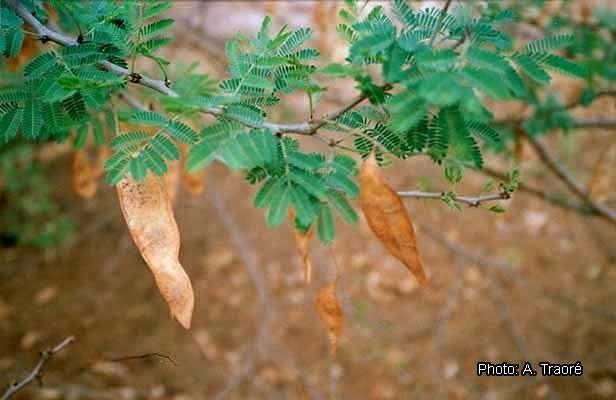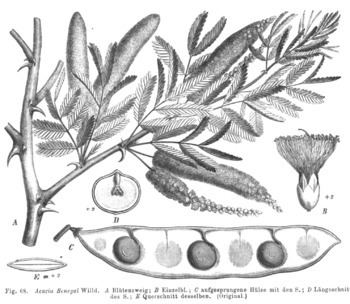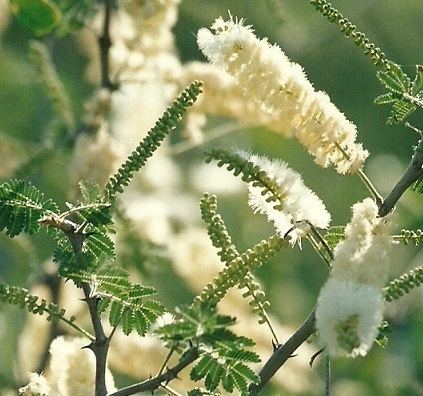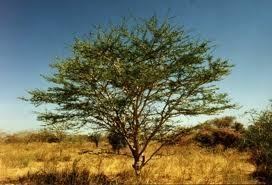Kingdom Plantae Genus Acacia Rank Species | Family Fabaceae Scientific name Acacia senegal Order Fabales | |
Similar Vachellia seyal, Acacia, Thorn trees, Vachellia tortilis, Faidherbia | ||
Gum arabic hashab acacia senegal plucking tasting of juice by vijay devji 25 jan 2013
Acacia senegal (synonym: Senegalia senegal) is a small thorny deciduous tree from the genus Acacia, which is known by several common names, including Gum acacia, Gum arabic tree, Senegal gum and Sudan gum arabic. In parts of India, it is known as Kher or Khor. It is native to semi-desert regions of Sub-Saharan Africa, as well as Oman, Pakistan, west coastal India. It grows to a height of 5-12m, with a trunk up to 30 cm in diameter. A. senegal is the source of the world's highest quality gum arabic, known locally as hashab gum in contrast to the related, but inferior, gum arabic from Red acacia or talah gum.
Contents
- Gum arabic hashab acacia senegal plucking tasting of juice by vijay devji 25 jan 2013
- Chad gum arabic
- Gum arabic
- Forage
- Food
- Agriculture
- Traditional uses
- Rope
- Wood
- Chemistry
- References

Chad gum arabic
Gum arabic

The tree is of great economic importance for the gum arabic it produces to be is used as a food additive, in crafts, and as a cosmetic. The gum is drained from cuts in the bark, and an individual tree will yield 200 to 300 grams. Eighty percent of the world's gum arabic is produced in Sudan. The Chauhatan area of Barmer district in Rajasthan is also famous for gum production,this is called कुम्मत (Kummat) in local language there.
Forage
New foliage is very useful as forage.
Food
Dried seeds are used as food by humans.
Agriculture

Like other legume species, A. senegal fixes nitrogen within Rhizobia or nitrogen-fixing bacteria living in root nodules. This nitrogen fixation enriches the poor soils where it is grown, allowing for the rotation of other crops in naturally nutrient-poor regions.
Traditional uses

It has been reportedly used for its astringent properties, to treat bleeding, bronchitis, cough, diarrhea, {dysentery|, catarrh, gonorrhea, leprosy, typhoid fever and upper respiratory tract infections.
Rope

Roots near the surface of the ground are quite useful in making all kinds of very strong ropes and cords. The tree bark is also used to make rope.
Wood
Handles for tools, parts for weaving looms.
Chemistry
A. senegal contains hentriacontane, a solid, long-chain alkane hydrocarbon. The leave also contain the psychoactive alkaloid dimethyltryptamine.
